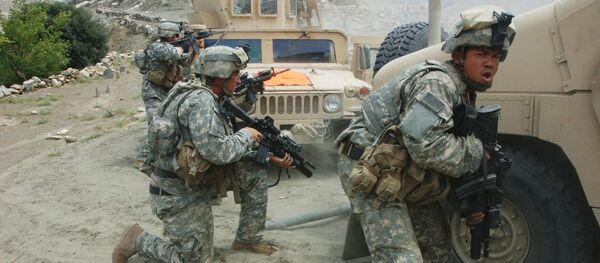The US Navy is struggling with a continuing 2016 resolution that limits funding for military projects, Vice Chief of Naval Operations Bill Moran said during a Senate hearing. In a move that comes as little surprise, Moran is lobbying to grow the US military budget with tactics including fear-mongering. He argued that the budget in place will have “dire consequences,” DoDBuzz reported.
Moran has taken his entreaties to America’s youth. “I’m about to go to the Naval Academy to welcome the newest selectees for naval aviation,” he said. “I would hate to tell them that they are not going to be able to train to be pilots for a while if we go to a yearlong CR. Without training…something else has to give,” Moran said.
The 2017 defense budget allows the Navy to maintain at least nine carrier air wings, until the service deploys another aircraft carrier to support the 10th carrier wing. The United States currently has a whopping 10 super-carriers and nine amphibious assault carriers.
“We’re not talking about canceling or delaying deployments…we’re talking about more risk at home,” he declared.
In a separate hearing, Army Gen. John Nicholson said that the US is at a “stalemate” in the Middle East, 15 years following the invasion of Iraq. The Iraq and Afghan wars will be “the most expensive wars in US history—totaling somewhere between $4 and $6 trillion,” a Harvard Kennedy School of Government paper notes.
But those figures did not stop Arizona Senator and noted war hawk John McCain from asserting, “for too long our strategy in Afghanistan has been: Don’t lose.”
According to the Watson Institute for International & Public Affairs at Brown University, “the current wars have been paid for almost entirely by borrowing.” Of course, loans have interest, and per the Institute, most estimates of the cost of war do not include future interest payments.
“Unless the US immediately repays the money borrowed for war…we estimate that interest payments could total over $7.9 trillion,” which in all likelihood means that the children and grandchildren of millennials will have to pay for wars in which the only strategy evinced by the US was “don’t lose” but, after 15 years, is merely a stalemate.



